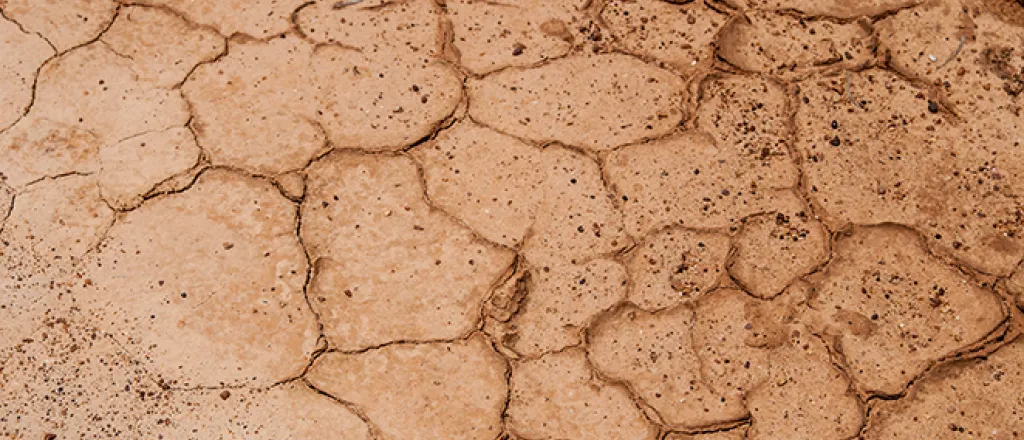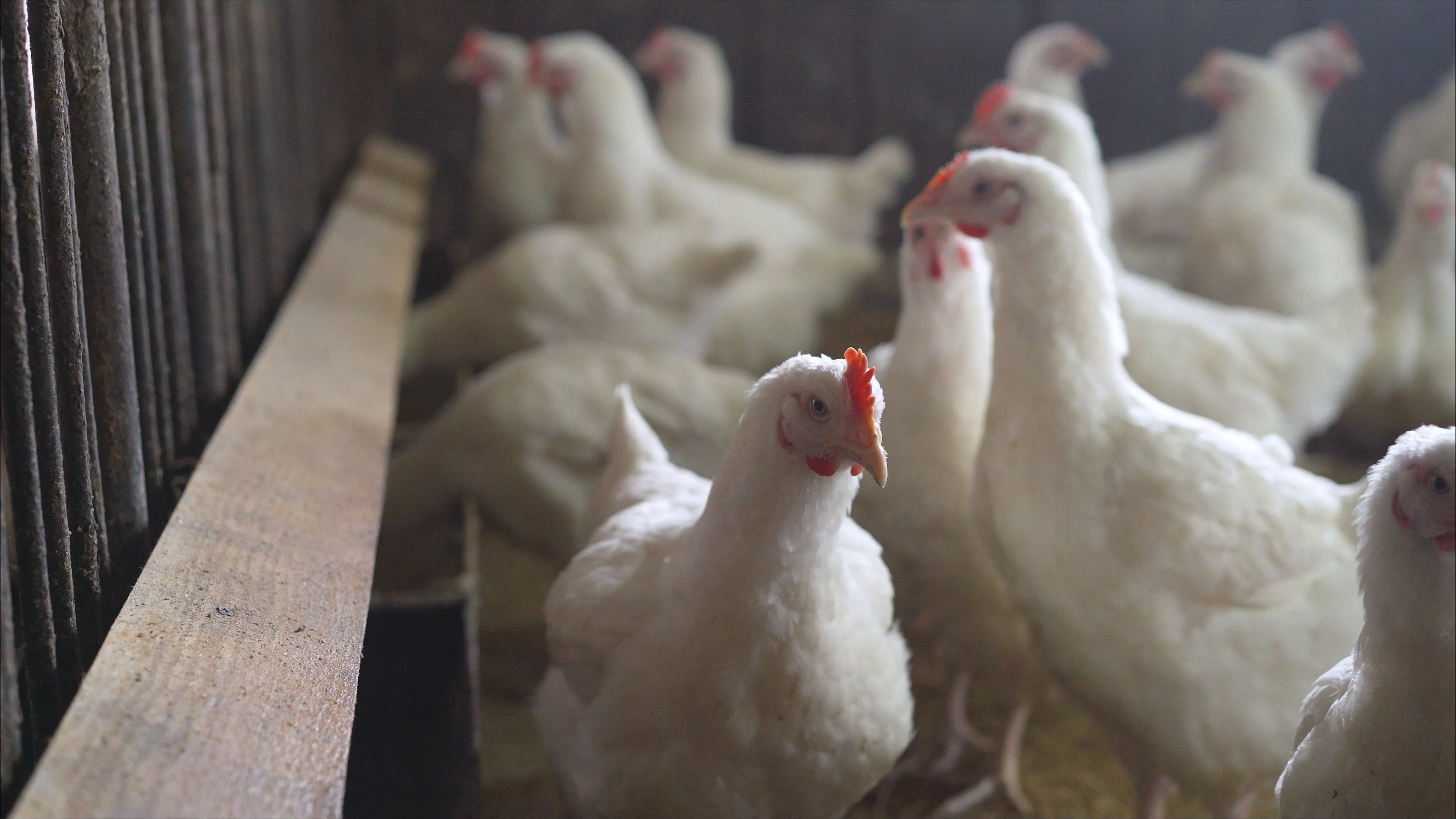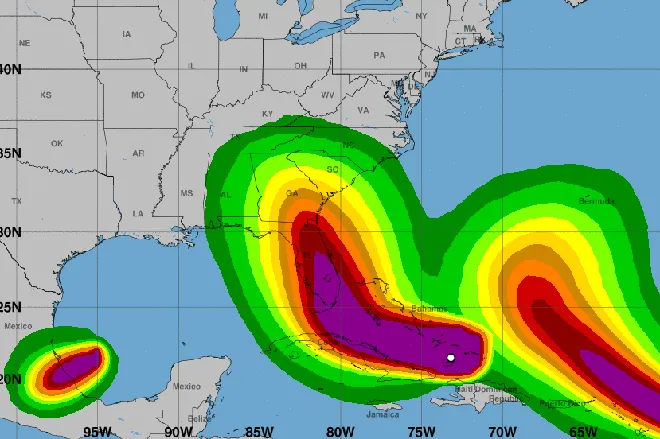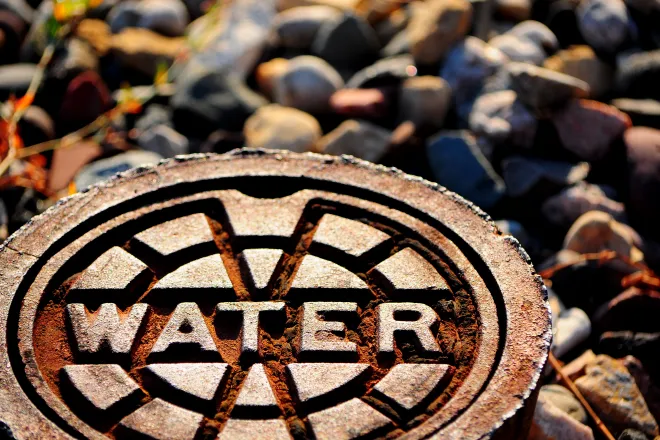
Drought continues to plague New Mexico's agricultural sector
(The Center Square) – Ongoing drought that some say is a continuation of a dry period starting in the late 1990s continues to plague New Mexico’s agricultural sector.
Larry Reagan, a cattle rancher northeast of Fort Sumner, said he's had to sell off half of his herd this year because there wasn’t enough grass to feed them all.
“I’ve had to buy a lot of extra feed because we’re not growing a lot of grass for them,” Reagan told The Center Square.
Water for irrigation has been a serious problem for crop growers as well.
Craig Ogden, president of the New Mexico Farm and Livestock Bureau, grows alfalfa hay and cotton south of Carlsbad as well as running a small cow/calf operation. This year, he has had to farm less land.
“We’ve abandoned roughly 80% of our acreage,” Ogden told The Center Square.
This year’s starting water allotment from the Pecos River, measured in acre-feet, was the lowest Ogden has ever seen in his decades of farming, he said.
“A full allotment is 3.69, somewhere around in there is a full allotment, and our allotment this year was .38,” he said. “So this year we had about 10% allotted to us as opposed to a full allotment.”
Ogden said he has one more irrigation cycle left before he runs out of water, and he has no backup wells. His neighbors have already run out of water.
In the face of this grim reality, the area did receive some rain within the last week.
“The Carlsbad Irrigation District’s board meets next week, and we’re hoping they’ll allocate us a little bit more water,” Ogden said.
People aren’t the only ones being affected by the drought.
“We had a bear run by our house. I’ve lived here all my life and I’ve never seen a bear because we’re in the flatlands – the mountains are 50 miles to the west,” Ogden said. “All we can figure is it’s getting so dry up there that wildlife is just looking for water and feed also.”
Reagan is holding out for monsoon season in late July and August. As long as he can get the last half of his herd through the season, he’ll be able to make it to next year, he said.
If the drought persists, Reagan said they’ll persist too.
“Well, we’ll just adapt,” he said. “If we have to, we’ll change our numbers that we normally run, try to find some more country to lease, and we’ll just keep on going."
As long as he can grow grass, he’s OK, Reagan said.















